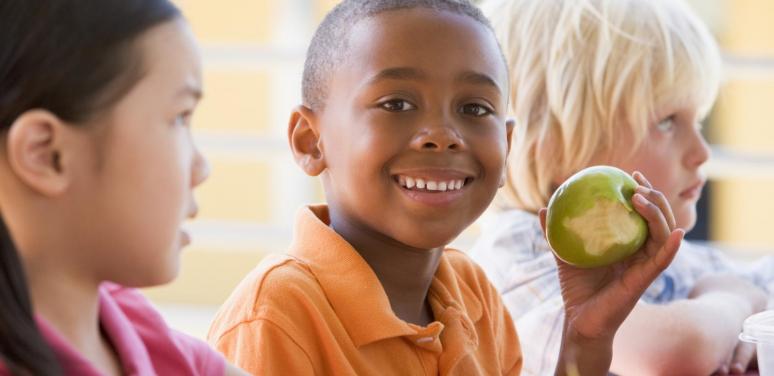Universal free school lunches ended, but some Kansas schools see a way to keep food coming

By Rafael Garcia
Topeka Capital Journal - cjonline July 24, 2023
After the end of a pandemic waiver that allowed all children in the U.S. to eat free school lunches, many Kansas schools are finding a way to keep feeding all of their students — all for free.
For years, relatively few Kansas schools had used a special provision under the U.S. Department of Agriculture’s National School Lunch Program that allows them to recoup most or all of the cost of offering free meals at their schools.
Obstacles in fully funding those programs and meeting high enough poverty rates kept many schools from using the provision.
But following the widespread popularity and difference that two years of universally free school meals made during the pandemic, Kansas will see a nearly five-fold increase in the number of school sites using the provision to keep universally free lunches for their students.
Nearly 150 Kansas school sites across 35 sponsoring districts and organizations will use the USDA’s Community Eligibility Provision this coming school year, compared to just 33 sites across six sponsors this past year, according to data shared by the Kansas State Department of Education.
“One in seven Kansas kids currently faces food insecurity, so this will make a huge difference in their lives,” said Haley Kottler, campaign director at Kansas Appleseed. The nonpartisan nonprofit works to help communities thrive, including by supporting anti-hunger initiatives, which Kottler oversees.
How Kansas schools use Community Eligibility Provision to provide free lunches
Under the USDA’s Community Eligibility Provision, schools with high percentages of low-income students can choose to apply just once for CEP status, allowing them to receive reimbursement for most, if not all, of the cost to feed the schools’ students.
Schools track their Identified Student Percentage, or the portion of students who come from low-income families.
Crucially, schools can calculate this number using other measures of poverty — such as family participation in the Supplemental Nutrition Assistance Program or Temporary Assistance for Needy Families — and not just the number of free and reduced-price lunch students.
Once a school has an Identified Student Percentage above 40%, they can apply for and receive CEP status, which allows them to receive meal reimbursement at a rate of their ISP multiplied by 1.6.
Kansas had been close to last in free universal school lunch participation
Although hundreds of Kansas schools had been eligible for CEP status before the pandemic, only a handful had their ISP at or above 62.5% — the point at which schools could be reimbursed for 100% of meal costs, using the multiplier.



